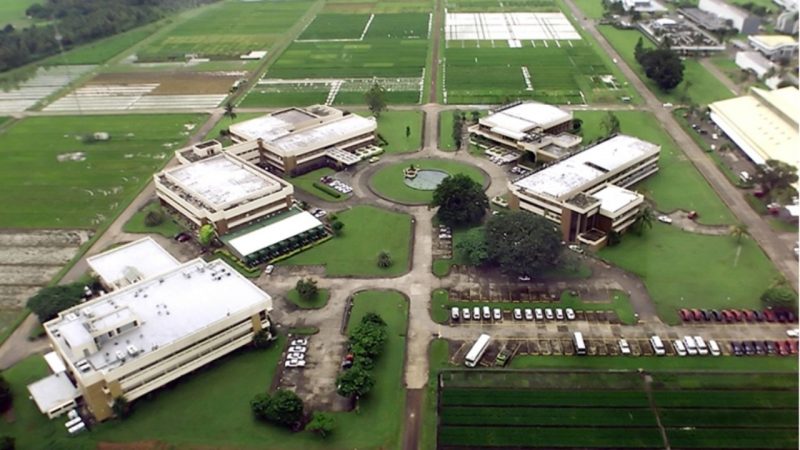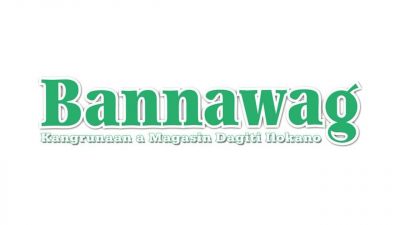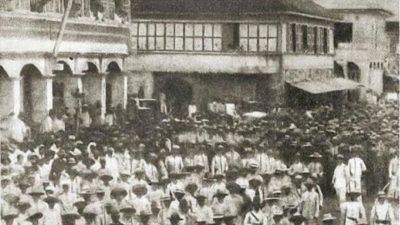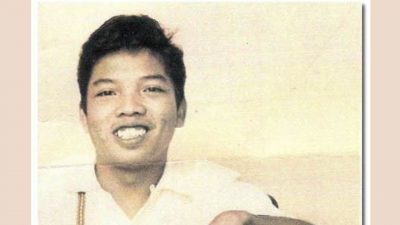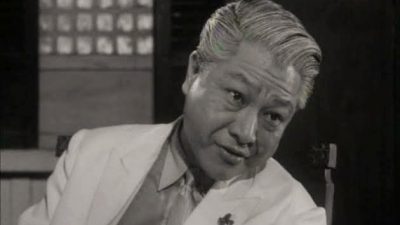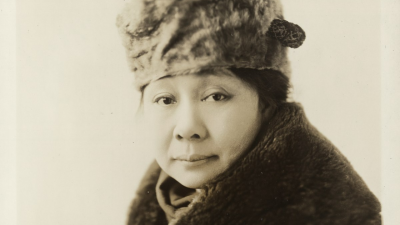On October 17, 1966, President Ferdinand Marcos Sr., signed Executive Order No. 50 creating the Rice and Corn Production Coordinating Council (RCPCC), and directing RCPCC to “assume the sole power and responsibility of implementing the Rice and Corn Production Program.”
The Executive Order also abolished the now-redundant Rice and Corn Administration created on January 15, 1964.
RCPCC was the program that brought temporary rice self-sufficiency to the country.
The mission of the RCPCC was to be the means for bringing the new rice high-yielding varieties (HYV) and technology and culture from the International Rice Research Institute (IRRI), University of the Philippines College of Agriculture, and the Bureau of Plant Industry to the Filipino rice farmer, with the program to center around the farmer.
Its objectives were to conduct an effective information drive to bring to the public the capabilities of the HYVs, to translate the technology of HYV culture into the language of the farmers, and to get them to plant these HYVs on their farms. Most importantly, the Council had to facilitate easy credit financing for the increased farm inputs that the new technology required.
Government technicians who merely talked with farmers previously, had to actually farm with them, which meant they had to undergo preliminary training themselves at Los Baños. Thus where there used to be only one or two production technicians in each of the 53 provinces, by June of 1967 more than 500 Government technicians had completed the course at IRRI. About 460 farmer leaders have also undergone training at the IRRI-UP site in Los Baños, and 500 more in 1968.
The culture of the HYVs required good irrigation, constant use of fertilizers, and more care and attention. Because of this, the average cost of tilling one hectare of land with HYVs is double what the traditional farming methods cost the Filipino farmer. But considering that HYV crop yields are more than double those of conventional crops and that they are non-seasonal, permitting as many as three annual harvests, they are very profitable.
Vice-President Fernando Lopez in his concurrent capacity as Secretary of Agriculture and Natural Resources was appointed Chairman of RCPCC. President Marcos also detached his Executive Secretary, Rafael Salas, naming him Vice-Chairman and “Action Officer”.
Early in the program the President appealed directly to the big rice farmers for their cooperation and created a National Rice Action Group from among these producers. From this group, he appointed Presidential Representatives in each rice-producing province with the responsibility of trying out the new HYV culture on their own farms for experiment and demonstration. The Group played a key role in persuading tradition-bound farmers to try out the new culture after they saw the result.
The private sector handled the importation and distribution of fertilizers on a commercial basis, replacing the old system of tight control through Government agencies making the fertilizers available at much lower costs than when the Government had been handling them. Petrochemical and agrochemical companies who imported and sold the fertilizers provided many fringe benefits such as “rice farming kits”, easy-to-understand manuals, and even trained technicians to service their customers free of charge.
A total of 45,511 farmers were extended loans amounting to $24 million by Government lending institutions and by hundreds of rural banks in farming areas. The record of repayment of loans by farmers has reached an unbelievable record.
Highly organized and imaginative teamwork began to show startling results. At the start of the program there was reported a total of only 240,000 irrigated riceland hectares, by November 1967 there were 729,357. The price of rice in the country thus, had been stabilized to an extent not experienced in the previous 7 years.
On January 22, 1968, President Marcos, in his State of the Nation Address, announced that the country, which had been importing rice since 1903, had attained self-sufficiency in rice. This statement came nearly a year and a half ahead of the administration’s previously projected target date for self-sufficiency.
The country continued to be rice self-sufficient in 1968, 1969, and 1970. By 1971, demand overtook supply, and imports were needed to stabilize prices, the tenuous political situation in the country resulted in a renewed emphasis on rice self-sufficiency.
Sources:
The Rice Economy of Asia, Volume 2, Randolph Barker, Robert W. Herdth, Beth Rose, Resources for the Future, New York, 1985
Rice: Philippine Success Story, Luis L. Alfonso, American Chamber of Commerce of the Philippines, Volume XLV, Number 1, January 1969
Executive Order No. 50, s. 1966, Official Gazette of the Office of Philippine President Ferdinand E. Marcos, Third State of the Nation Address, January 22, 1968, Official Gazette of the Office of Philippine President
(Filed by JR AMIGO/ai/mnm)

